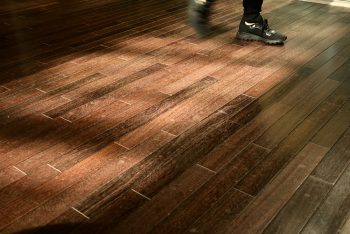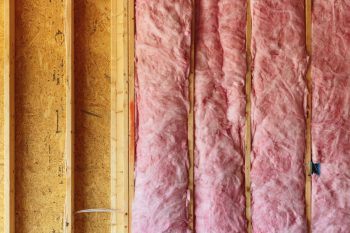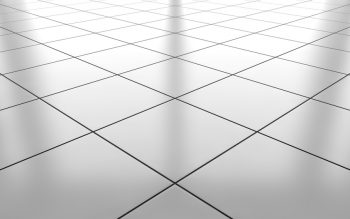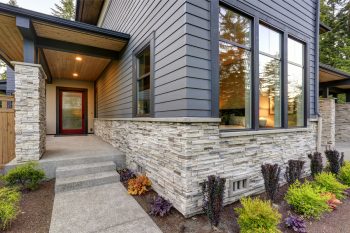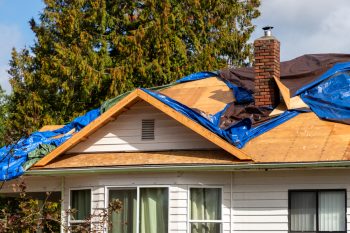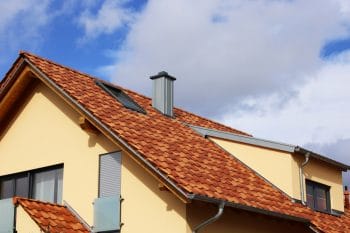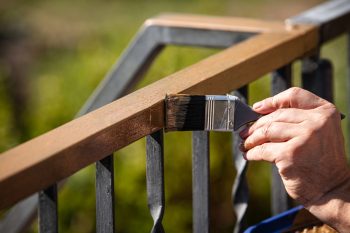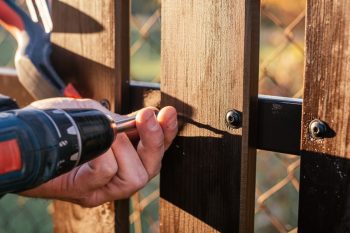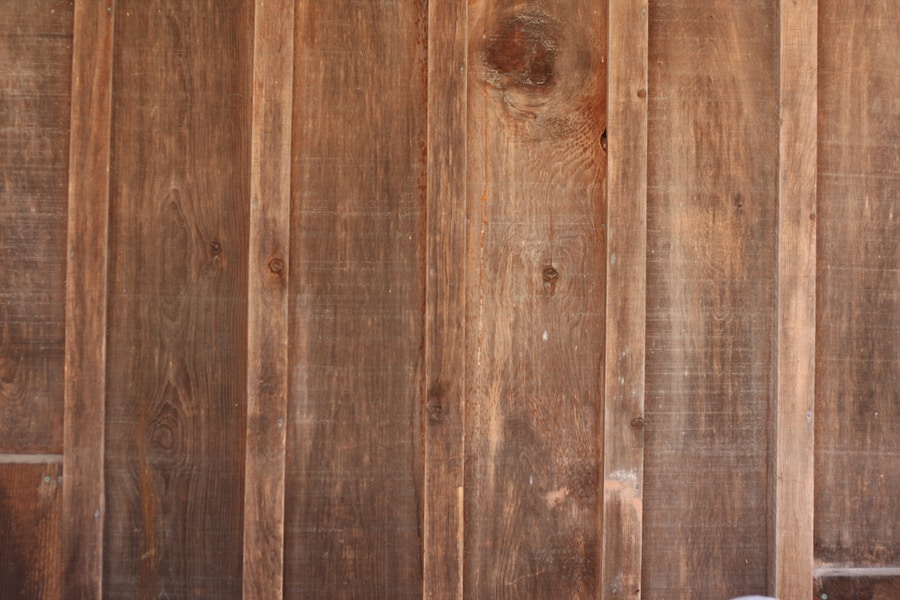
Are you looking for a cost-effective way to change the looks of your wood floor? If you are not in the market for new flooring, lightening your wood floor stain is a great way to completely change the looks of your home interior.
Most homeowners embrace pale hues like driftwood greys, transparent, ash blonds, and whitewashed tones. But how do you lighten the stain on your wooden floor?
To lighten your wood floor finish, determine the material in its finish treatment and the age of the floor. There are several methods you can lighten a wood floor which include:
- Using mineral spirits and wood bleach for hardwood floor
- Turpentine wash for wood floor finished with a layer of wax
- Use trisodium phosphate (TSP) detergent and stain with oil for wood floors finished with urethane or varnish
Ensure you wear proper PPE before the wood floor stain lightening process, as sanding the floor and handling chemicals can harm your health.
In this article, we’ll walk you through the steps to lighten different wood floor stains.
3 Ways to Wood Floor Stain Lighter
The process of lightening wood floor stain is quite straightforward. The only time you might be unable or find it challenging to lighten wood floor stain is when the wood floor is very old. However, it takes several years for the wood floor to wear down to the groove and tongue, making it impossible to sand and refinish the floor to a lighter hue.
Below is the step-by-step guide on how to lighten the stain on different types of wood floors:
1. Lightening Hardwood Floors
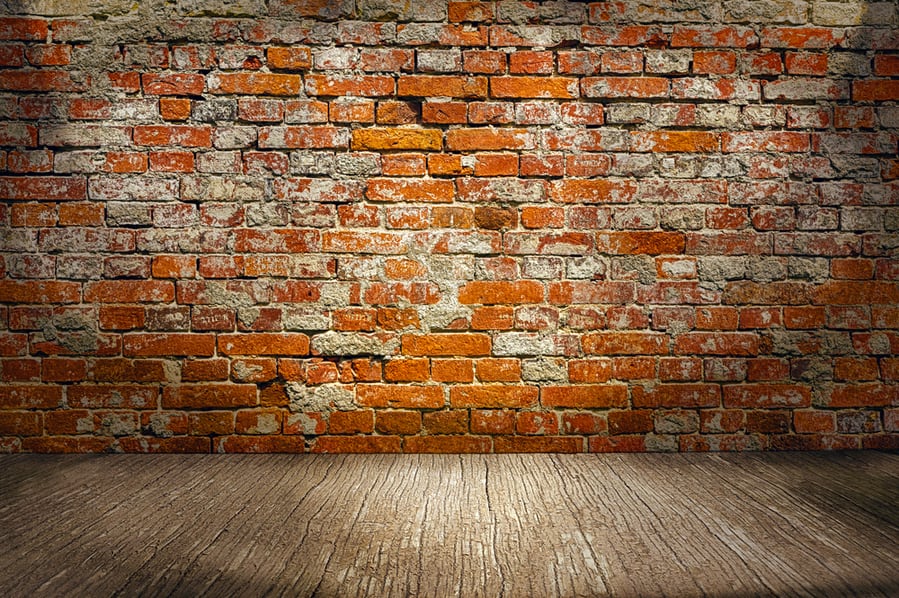
Hardwoods are commonly used for flooring because they are denser and more durable. The durability of different hardwood species varies and is rated by the Natural Oak Flooring Manufacturers Association.
One of the great things about using hardwood flooring is that it never goes out of style.
Most hardwood floors have a deeper hue; however, you can make the floor stain lighter. All you need are mineral spirits, wood bleach, and sandpaper.
If you want to retain the natural and dyed colors of the hardwood, then bleach it with oxalic acid.
But if you want to alter the natural color of the hardwood, opt for a two-part bleach containing hydrogen peroxide and sodium hydroxide.
Here’s how to lighten hardwood floors:
- Clean the area where you want to lighten the wood stain.
- Wipe an unfinished but stained hardwood floor with a soft cloth dampened in mineral salt6 to soften and remove the pigment on top of the wood grain.
- For hardwood stained with dye, wipe the surface with chlorine bleach or calcium hypochlorite.
- Mix a two-part bleach composed of hydrogen peroxide and sodium hydroxide for deeper lightening.
- Furthermore, sand the hardwood floor to raise the grain and wipe the surface with turpentine to bring out the wood grain.
When using sandpaper to raise the grain of your hardwood floor, use the one with higher grit for a smooth surface finish.
2. Lightening Waxed Floors
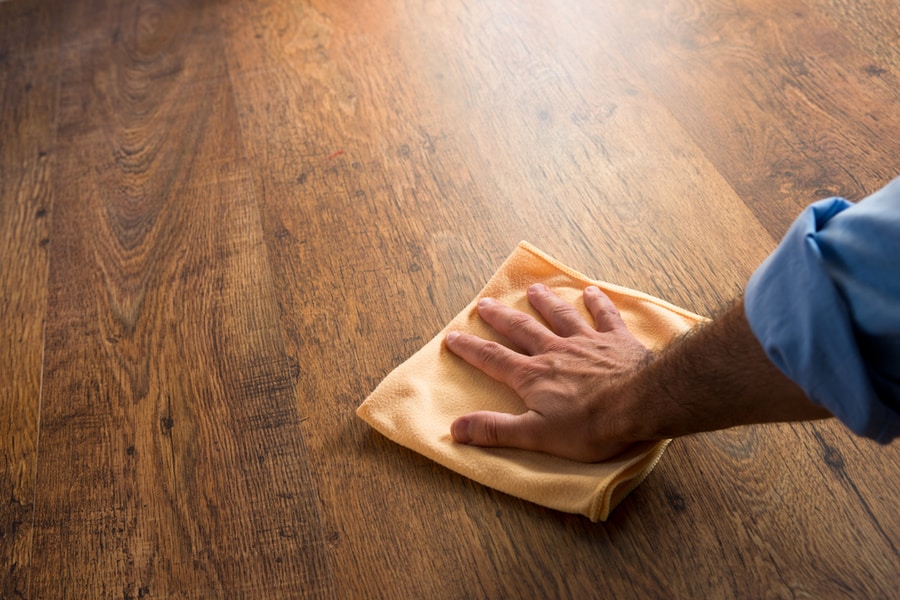
Waxing wood floors is a finishing technique popularized in the 1940s. It involves using colored wax made with a blend of synthetic and/or natural wax like carnauba or beeswax and solvents. A thin layer of this wax is then applied to the wood floor and then buffed to a shine. As the solvent in the wax evaporates, the wax hardened, leaving a protective seal layer on the wood floor.
Waxed wood floors have several advantages, such as stain resistance, beauty, prolonged floor life, etc. But if you want to lighten the color up, you must first remove the wax. If you would like to continue using a wax floor, then you can remove the wax and rewax the floor with a lighter hue.
Here’s how to lighten waxed floors:
- In a jar, add 2 cups of boiled linseed oil and 1 cup of gum turpentine and mix thoroughly until emulsified.
- Mix 6 tablespoons of the mixture in a bucket with 1 gallon of hot water.
- Damp a soft cloth or microfiber cloth in the water mixture and use that to wash the surface of the waxed floor.
- The floor at a time, and ensure you rinse the cloth frequently.
- Change the water if it gets cloudy and dirty while washing the wax off the floor.
- After removing as much wax as possible, sand and bleach the floor.
3. Lightening Urethane-Finish Floors
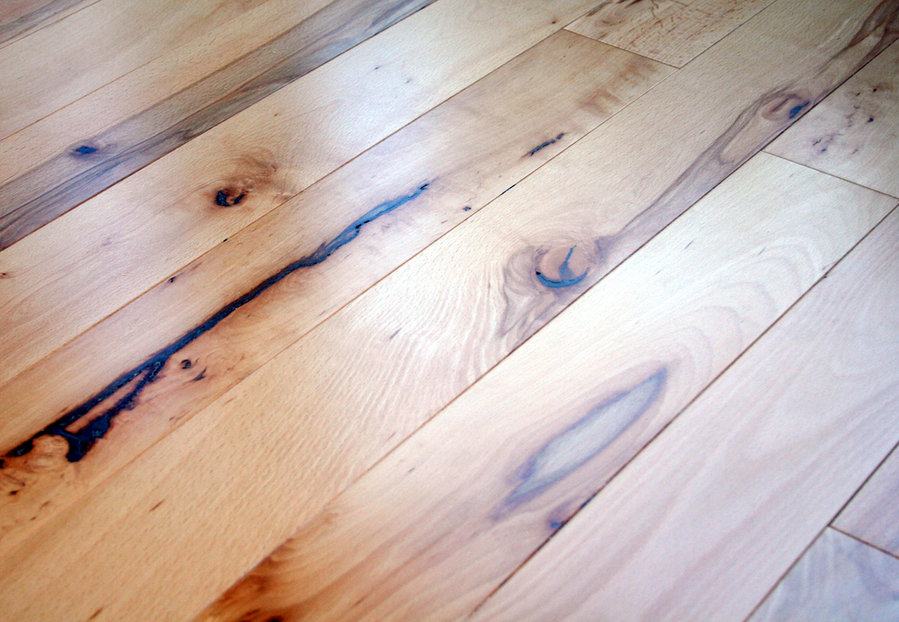
While wax floors have been popular for the past 50 years, a vast majority of wood floors have been finished with a layer of polyurethane. Like wax, urethane finish creates a high-durable plastic-like barrier over the wood. As such, wood flooring finished with urethane lasts longer.
However, if you’d like to lighten the color of a wood floor finished with urethane, like wax floors, you must first remove the urethane coat. You will need a TSP detergent, two-part bleach, and sandpaper to remove the urethane coat.
Here’s how to lighten urethane-finish floors:
- Mix the TSP detergent in a bowl, and damp-wipe the floor.
- Wash the floor in small sections, and ensure you change the water once it gets cloudy and dirty.
- Sand, the wood floor to remove the hard surface of the finish.
- Mix a two-part bleach or a chlorine wood bleach in a bucket to lighten the floor’s color.
- If you are satisfied with the lightened shade, stain the floor by adding linseed oil or water-based stain to amplify the color.
Conclusion
Although lightening the stain on wood floors can be a bit hectic, it is worth the stress. If, after washing and bleaching your floor, you are not satisfied with the lightness, repeat the bleaching process.
Note, always allow the bleached wood to dry completely before light sanding. Also, clean and neutralize bleach with vinegar before adding any other chemical to your floor.
Frequently Asked Questions
How Light Can You Go With Hardwood?
This depends on the type of wood you have on your floor. Besides bleaching or whitewashing finishes, the lightest you can go is natural (i.e., without stain).
As such, the color of the hardwood can impact how light it gets. Homes have oak flooring, which has a somewhat red hue. White oat floors are a bit darker than red oak floors.
Also, maple is a bit lighter compared to pine. Walnut and Brazilian cherry have a very natural dark color.
What Is the Difference Between Prefinished and Unfinished Flooring?
A prefinished wood floor has been sealed with several layers of coat. In contrast, an unfinished floor has no finish or coat on its surface.
Prefinished floors are always better because they protect against moisture and several elements.
